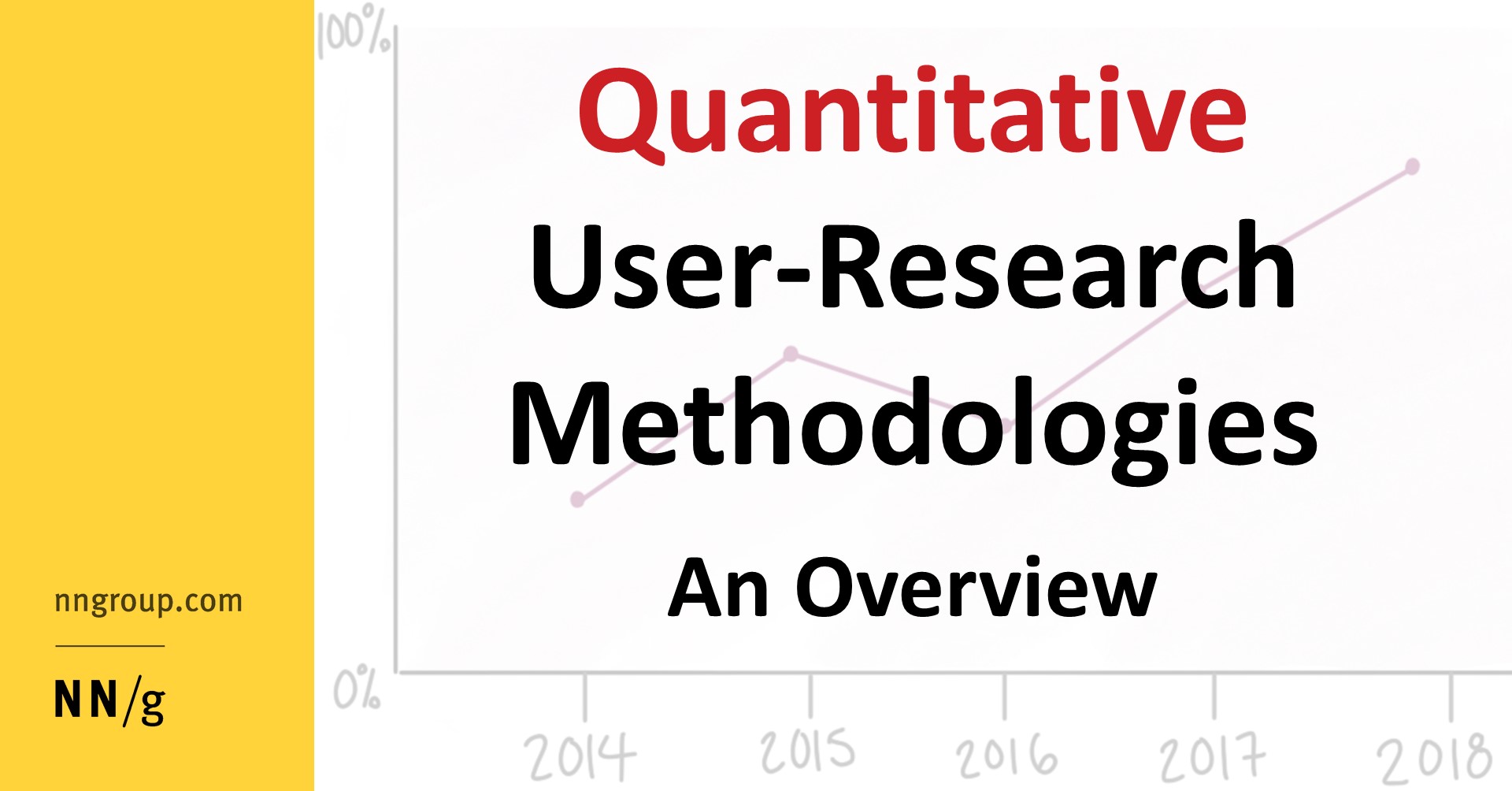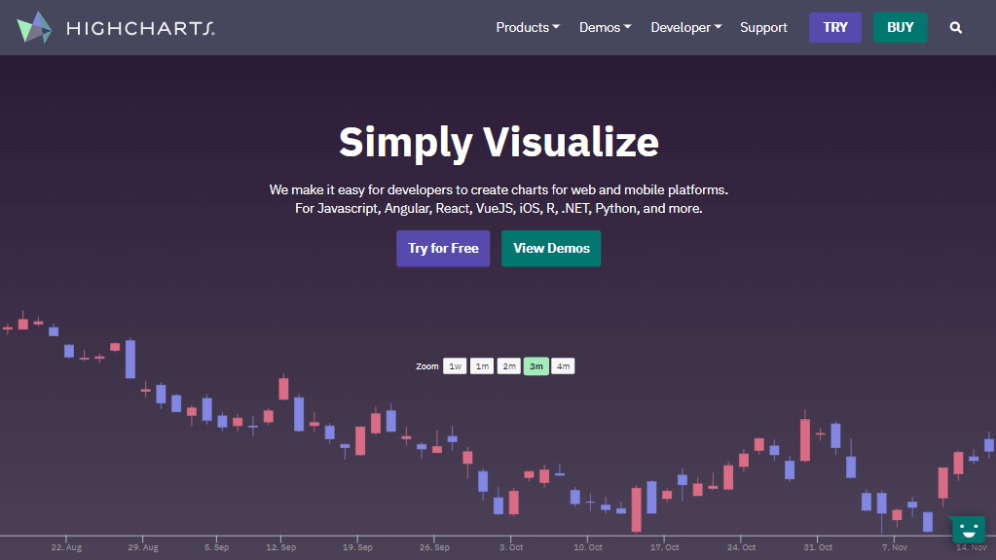

Examples of quantitative data include numerical values such as measurements, cost, and weight examples of qualitative data include descriptions (or labels) of certain attributes, such as “brown eyes” or “vanilla flavored ice cream”.Quantitative data lends itself to statistical analysis qualitative data is grouped and categorized according to themes.Quantitative data is countable or measurable, relating to numbers qualitative data is descriptive, relating to words.But, to summarize, the differences between quantitative and qualitative data are as follows: You’ll find a detailed exploration of the differences between qualitative and quantitative data in this post. Qualitative data cannot be used for statistical analysis to make sense of such data, researchers and analysts will instead try to identify meaningful groups and themes. For example, if you were to describe someone’s hair color as auburn, or an ice cream flavor as vanilla, these labels count as qualitative data. You can also think of qualitative data in terms of the “descriptors” you would use to describe certain attributes. It usually takes the form of words and text-for example, a status posted on Facebook or an interview transcript are both forms of qualitative data. While quantitative data can be counted and measured, qualitative data is descriptive and, typically, unstructured. It’s hard to define quantitative data without comparing it to qualitative data-so what’s the difference between the two? What is the difference between quantitative and qualitative data? Some examples of quantitative data include:Ģ. What are some examples of quantitative data?

If you have questions such as “How many?”, “How often?” or “How much?”, you’ll find the answers in quantitative data. Quantitative data tends to be structured in nature and is suitable for statistical analysis. It can be counted or measured, and given a numerical value-such as length in centimeters or revenue in dollars. Quantitative data is, quite simply, information that can be quantified. So: What is quantitative data? Let’s find out. What are the advantages and disadvantages of quantitative data?.What methods are used to analyze quantitative data?.What are the different types of quantitative data?.What’s the difference between quantitative and qualitative data?.What is quantitative data? (With examples).We’ll also show you what methods you can use to collect and analyze quantitative data.īy the end of this post, you’ll have a clear understanding of quantitative data and how it’s used. We’ll explain exactly what quantitative data is, including plenty of useful examples. In this post, we’ll focus on quantitative data. If you plan on working as a data analyst or a data scientist (or in any field that involves conducting research, like psychology), you’ll need to get to grips with both. In simple terms, quantitative data is measurable while qualitative data is descriptive-think numbers versus words. Data professionals work with two types of data: Quantitative and qualitative.


 0 kommentar(er)
0 kommentar(er)
